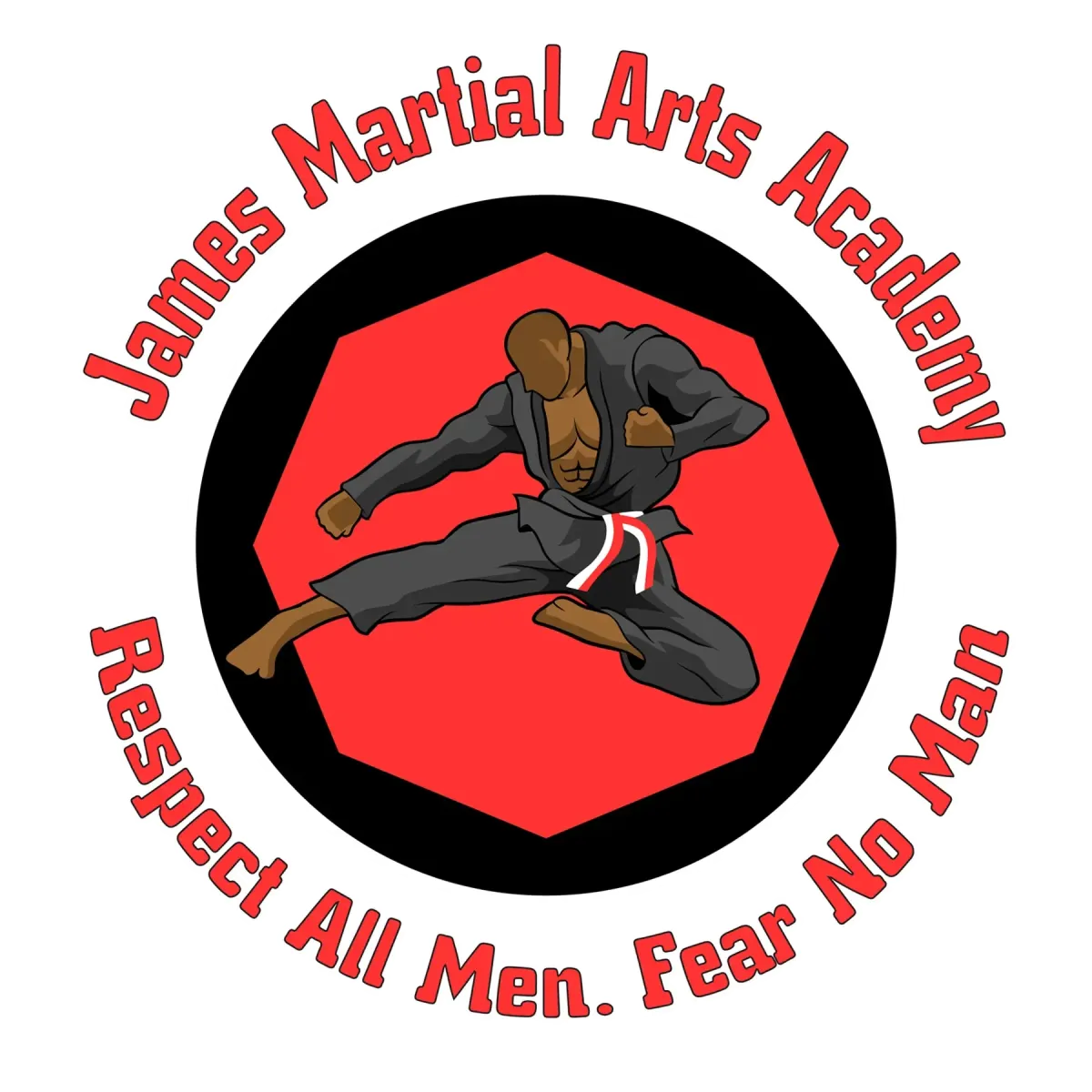Serving San Diego Families Since 2010 | 75+ ⭐⭐⭐⭐⭐ Review
What is Kosho-Ryu
History of Kosho-Ryu
You'll find varying accounts of Kosho-Ryu's true origins, with some historians questioning its direct lineage to Shaolin Buddhism. While Ta Mo's influence on the development of martial arts remains widely accepted, the specific connection to this Japanese system warrants closer examination. The Mitose family's four-century preservation of these techniques, which blend combat skills with spiritual philosophy, offers intriguing insights into how ancient Buddhist principles have shaped modern self-defense methods.
Origins in Shaolin Buddhism and Early Development
The origins of Kosho-Ryu can be traced back to the legendary Buddhist monk Ta Mo, also known as Bodhidharma, who introduced martial arts to the Shaolin Temple. This foundational system later evolved in Japan through the integration of Shaolin Chuan Fa with Japanese martial arts, such as Jiu-jitsu, at the Shorinji Temple. You'll find that early Kosho-Ryu development emphasized non-contact self-defense techniques, focusing on reforming rather than harming opponents. This approach was significantly influenced by a spiritual revelation received under an old pine tree. The system was cultivated at the Koshoji Temple monks, where practitioners studied a comprehensive curriculum including medicine and ethics. The art diversified to include Kosho-Ryu Bujutsu, practiced by warrior monks known as sohei. For generations, these teachings remained secret until James Mitose began sharing them beyond Japan, leading to Kosho-Ryu's global expansion.
The Mitose Family Legacy and Temple Training
Dating back over 400 years, Kosho-ryu's legacy within the Mitose family took root in Kyushu, Japan's southernmost main island. The family maintained their art in secrecy during the Tokugawa period, as they lacked government sanction and faced political pressures. James Mitose's temple education at Mt. Akenkai exemplifies the system's depth. You'll find that his training combined religious studies, including Indian and Greek philosophies, with intensive martial arts practice. Daily temple duties complemented this comprehensive education, leading to his appointment as a Kosho-Shorei minister at the age of eighteen. Today, Thomas B. Mitose, the 22nd Great Master, preserves the family's martial and philosophical traditions. The system's influence extends beyond combat, incorporating Buddhist principles and contributing to modern martial arts, such as Kenpo. The art's foundation draws from ancient Chinese chuan-fa techniques, which were adapted to create a unique Japanese self-defense system.
Evolution of Combat Techniques and Philosophy
Throughout its development, Kosho-Ryu's combat techniques evolved from their Chinese Chuan Fa roots into a sophisticated system that blended physical prowess with philosophical depth. You'll find the art expanded from 18 Lo Han techniques to 172, incorporating animal forms and natural movements that enhanced its combat effectiveness. The Begging Monk trained the Shaolin monks in combat after defending the temple from brigands. The system's philosophical foundation emphasizes strategic positioning and timing to outmaneuver opponents without direct contact. You'll notice this reflected in the octagon symbolism, which represents movement strategies designed to confuse and off-balance adversaries. During Japan's isolation period, practitioners secretly trained, especially in Kyushu, while integrating local martial elements. Beyond physical training, you'll learn about respect, humility, and situational awareness through philosophical lectures, aiming to transform practitioners into contributing members of society.
Warrior Monks and the Spread of Kosho-Ryu
Warrior monks formed the backbone of Kosho-Ryu's early development, with over 400 sohei residing at Kosho Temple during its peak. These monks combined religious devotion with martial expertise, wearing distinctive robes with armor and wielding weapons like naginata and tachi swords when needed. You'll find their influence extended beyond combat, as they developed a comprehensive system that included escape techniques, control arts, and destructive methods. However, their growing power led to conflict. In 1588, 5000 samurai attacked Kosho Temple, forcing the art underground. The art later emerged in Hawaii when James Mitose began teaching in 1936. Despite this suppression, Kosho-Ryu survived through secret transmission for 21 generations. The system spread as Japanese Koshoji monks blended Chinese Shaolin Chuan Fa with native arts, such as jujitsu, preserving their unique warrior-scholar tradition.
Core Principles and Symbolic Elements
The core principles of Kosho-Ryu reflect its deep warrior-monk heritage through a sophisticated blend of physical and spiritual elements. You'll find natural movement and the avoidance of direct body contact at its foundation, guided by the strategic octagon pattern for positioning and defense. The art's philosophical depth is embodied in the Sho Chiku Bai crest, featuring pine, bamboo, and plum symbols that date back over 750 years. Through Mon Gaku spiritual study, you'll learn to harmonize with your environment and take responsibility for your actions. The system emphasizes mastering balance and timing while developing mental discipline. These elements aren't just physical techniques but form a complete approach to conflict resolution, self-awareness, and emotional stability.
Conclusion
You'll find Kosho-Ryu's legacy deeply woven into the history of martial arts, with an impressive 400-year preservation by the Mitose family. Through the dedicated practice of warrior monks and James Mitose's global sharing from Hawaii, this art form continues to blend strategic combat with spiritual harmony. Its evolution from Shaolin roots to modern self-defense proves the enduring nature of this philosophical martial discipline.
We Serve San Diego's East County
La Mesa
Santee
Rancho SaN Diego
Spring Valley
Lemon Grove
La Presa
Granite Hills
Bostonia
Winter Gardens
El Cajon
James Martial Arts Academy we're a family-focused martial arts school serving San Diego since 2010. We help kids from 3-17 (and adults too!) build real confidence, get fit, and learn self-defense that actually works—all in a supportive environment where everyone belongs.
Copyright 2025. James Martial Arts Academy. All Rights Reserved.

